Plant community gardening with nature at its heart
How I've grown a low effort, high impact wildlife garden without any chemicals, watering and barely any weeding
With the onset of autumn and the garden dying back, my mind has been wandering to next year and my hopes for our garden. We’ve had five growing seasons at our small Yorkshire farm on the hill and across the allotment, coppice, meadows and main garden we’ve learnt a lot.
The main hedged garden has been my experiment ground, a laboratory for trialling new ideas and new ways of gardening. Fundamental to that is putting wildlife first and the early plants I chose specifically to provide food to moths, butterflies, bees, hoverflies, bats and birds.
As was the case on my old allotment on the outskirts of London, caring for an area of land made me reassess ways we’re taught to garden. Back then it resulted in the books Wild about Weeds and A Greener Life, now what I see and learn I share here with you on the Wild Way.
My garden design style has always been heavily influenced by the ecosystems we see in the wild. I plan planting areas using plant community design, which is the idea of plants growing alongside each other in happy competition. Dynamic and changing but ultimately stable and balanced enough to last for years or decades. My aim with our garden and plant community design is to learn how natural plant communities work and then apply that to the plant choices we make.
I choose plants that are wildflowers, sometimes considered weeds, as well as cultivated plants useful for wildlife. A planting I design might be all native wildflowers or it might be a mix with cultivated plants.
When it comes to plant communities I am currently focussed on my core Wild Way principle of plant vigour. This is when we think of plant vigour on a sliding scale and choose plants to match each other in vigour. Much like our garden’s hardiness rating, I’ve found gardens have their own vigour rating. This new way of thinking allowed me to focus on outcompeting plants that takeover like groundelder, dandelions and creeping buttercups by making an educated guess as to plants that will be slightly more vigorous than them.
It was an experiment and five years in, I can now say that my experiment has worked. All of the new plants in our garden I added as seeds or small 9cm plants stuffed into the ground are thriving. As the years have gone on, I stopped weeding almost completely to put the plants through their paces. This has allowed me to see that the wild way concept works. Almost all of the new plants are just outcompeting the plants I want them to, without dominating.
There are other things I haven’t done. I haven’t watered this garden, except initially on planting the young plants. I haven’t changed the soil profile with diggers. I haven’t added gravel of other aggregates. These all have a place but I believe it is misguided to look at changing soils unsustainably in such dramatic ways as a solution to climate change. Instead I prefer to look to the wild, observe what plants and wildlife do here and in other regions of the world. That is the wild way, when we stop looking for a golden bullet we can buy to solve our problems, and instead see all of the answers have been in front of us all along in nature.
Back in 2021...
Back in 2021 the garden was a lovely family area with lawn and main border down one side. Not wanting to disturb the soil or the existing wildlife too much, early on I settled on a large grass path allowing for much bigger more biodiverse plant communities either side. Keeping some lawn for the many wild lives living in its habitat. Initially I used the no dig technique of cardboard covered in peat free compost to smother parts of the lawn while keeping the big, wide path. However, as the dandelions and other plants simply grew back unfazed, I gave up bothering to remove them and experimented with my wild way approach instead. Surely I could just plant something a bit more vigorous to outgrow them?
2025 has been a pivotal year. While there are things I want to tweak, especially introducing more vibrant colours, most of the plants I added as tiny things are now large and I’ve divided multiple times to start filling the garden. I said that our fifth year would be when our garden really started, and I believe that ended up being true. It will never be finished, it will adapt and change with my own tweaks and new plants but also change itself as the plants are allowed to live free and unrestricted by my hands.
Plants will spread by rhizome, bulb or seed, the garden will settle into waves with the differing conditions of each season. This year I found the dandelions and buttercups actually made some of the brightest impact. One plant might be happier and prominent one year, something else the next. Changes you’ll see in our garden next year will include me helping some of our more colourful plants multiply by dividing them, and everything you see here growing in impact. And I’ll stand here entranced with awe and happiness.
How it’s grown through 2025...
Winter
Late-winter
Early-spring
Spring
Early-summer
Mid-summer
Late-summer
Autumn
Silene flos-cuculi | ragged robin
Ragged robin is one of my favourite perennial plants. Flowering from May to August with delicate, finely divided petals in a strong pink held on tall thin stems above narrow smooth and lush leaves. That ragged appearance to me is as contemporary a style icon as flowers come.
12 Asters tested for naturalistic gardens
Asters are incredible late-season flowers that are back in fashion thanks to an influx of new cultivars with contemporary style and more colours. Plus of course, the recognition that little else flowers as late in the season as these largely North American daisies.
How big should a patio be?
Are you thinking of making a new patio in your garden? Perhaps you have a patio and are thinking of updating it. Or you may have an existing patio and are thinking of reducing it for more plants. Whichever angle you come from, the big question is what exactly is the best size of patio? How do you work it out? And can patios coexist with a wildlife supporting garden?


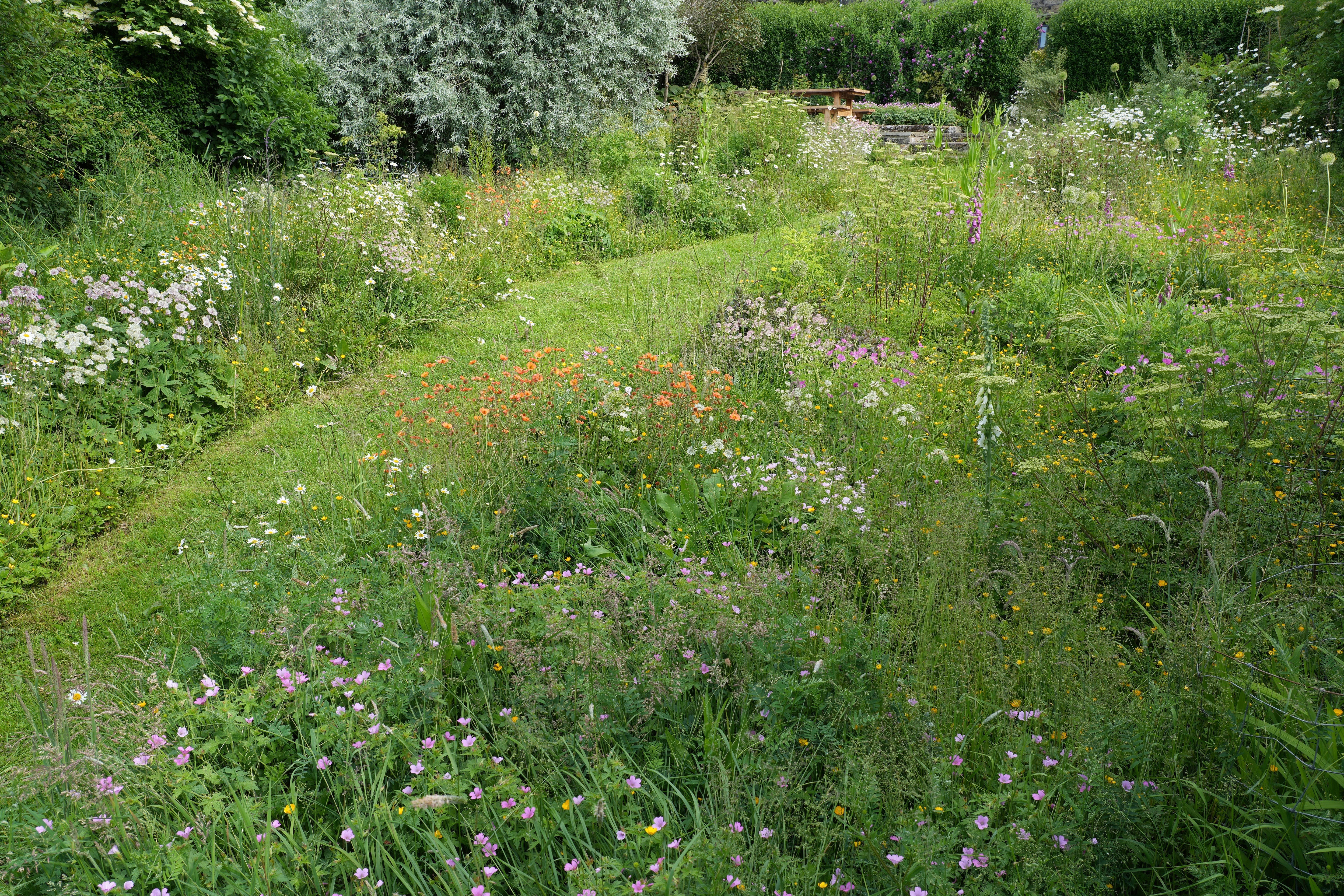

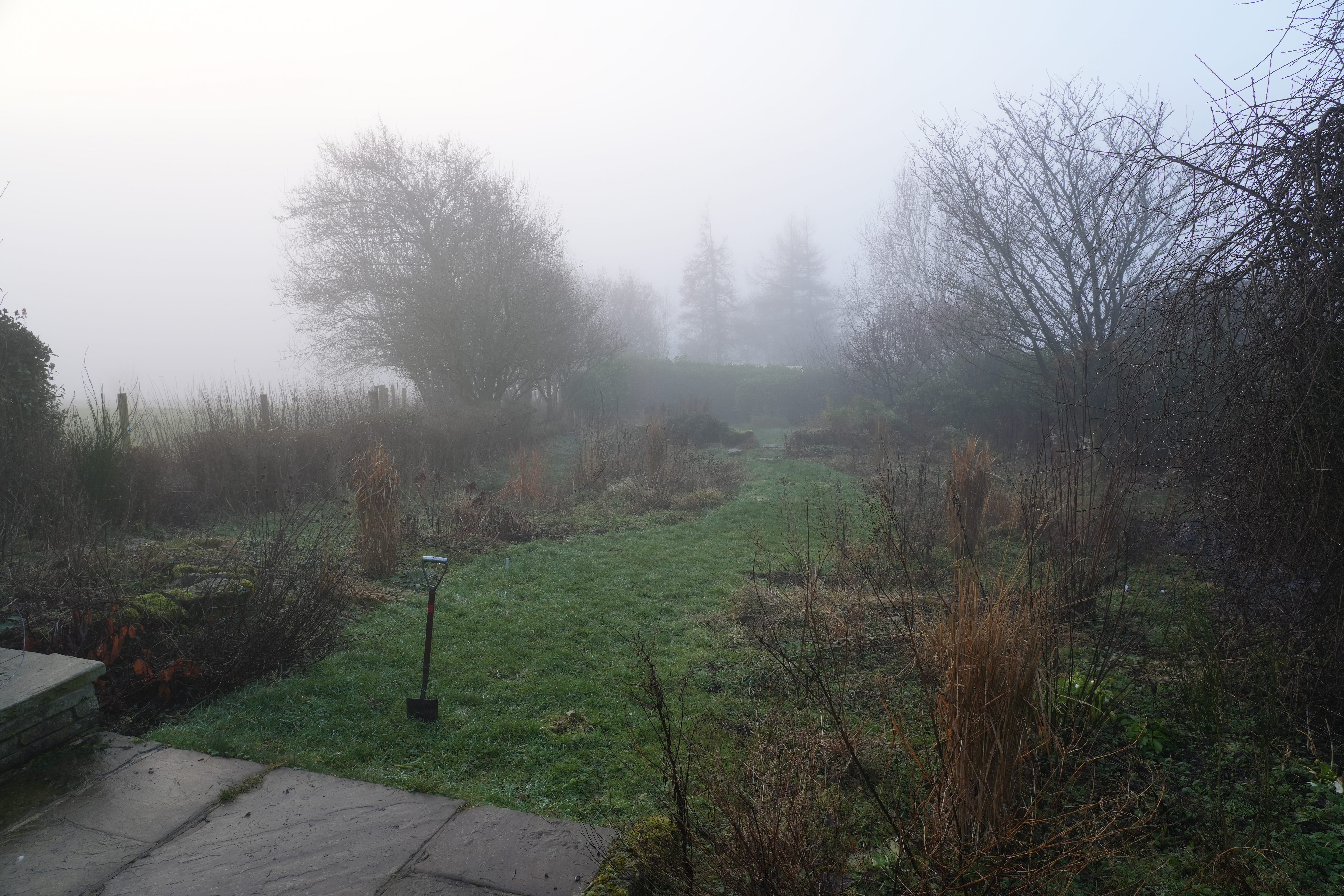

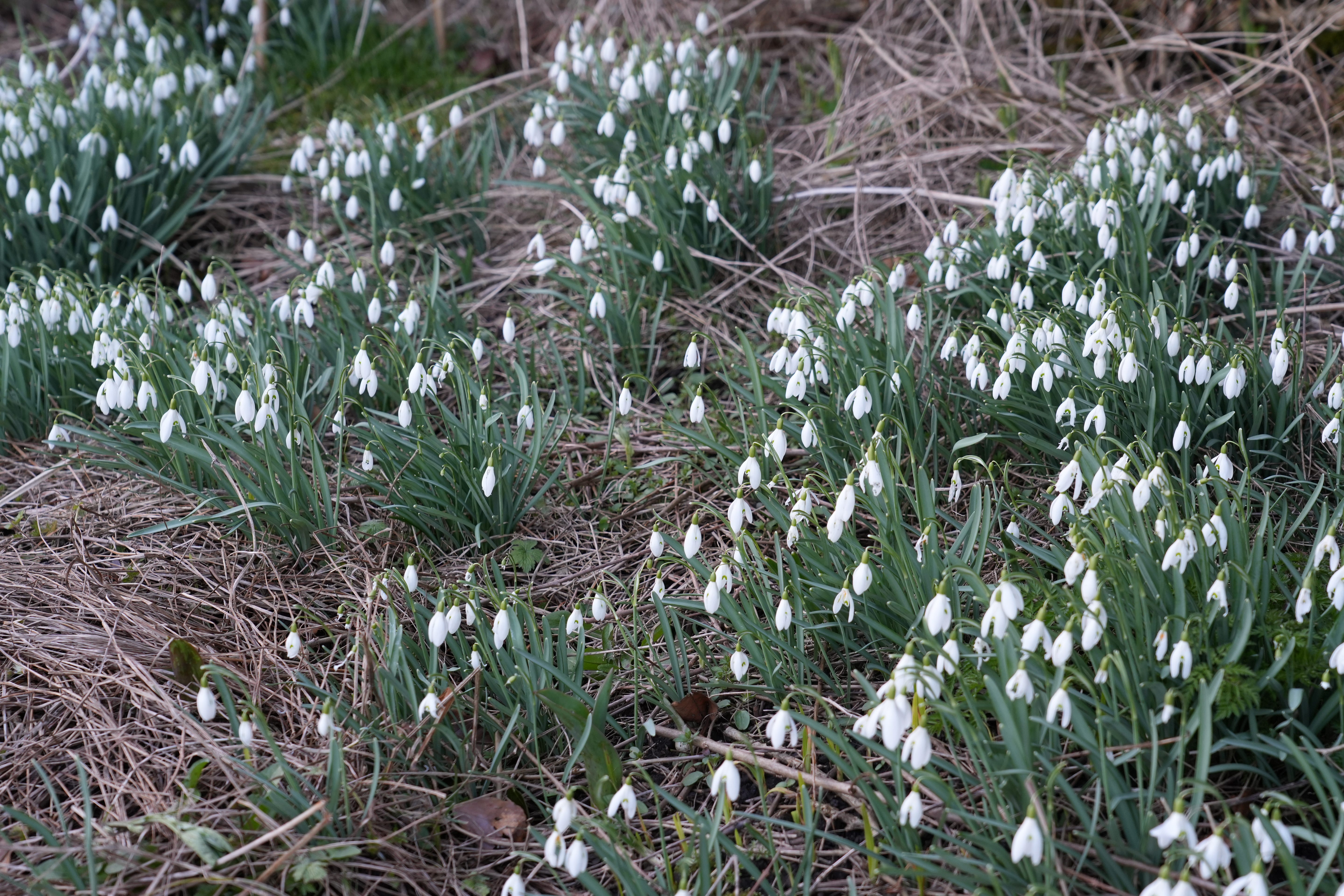

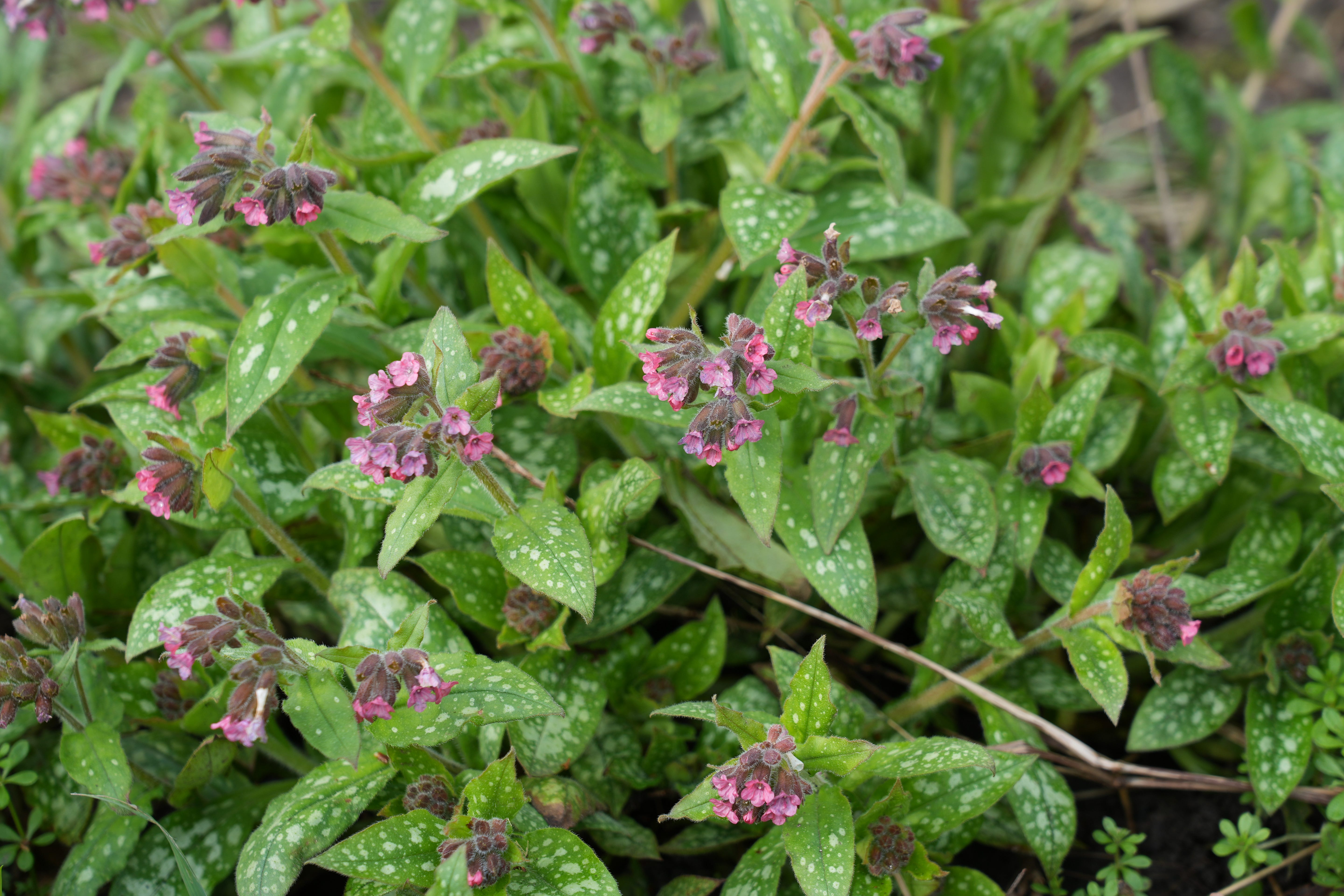
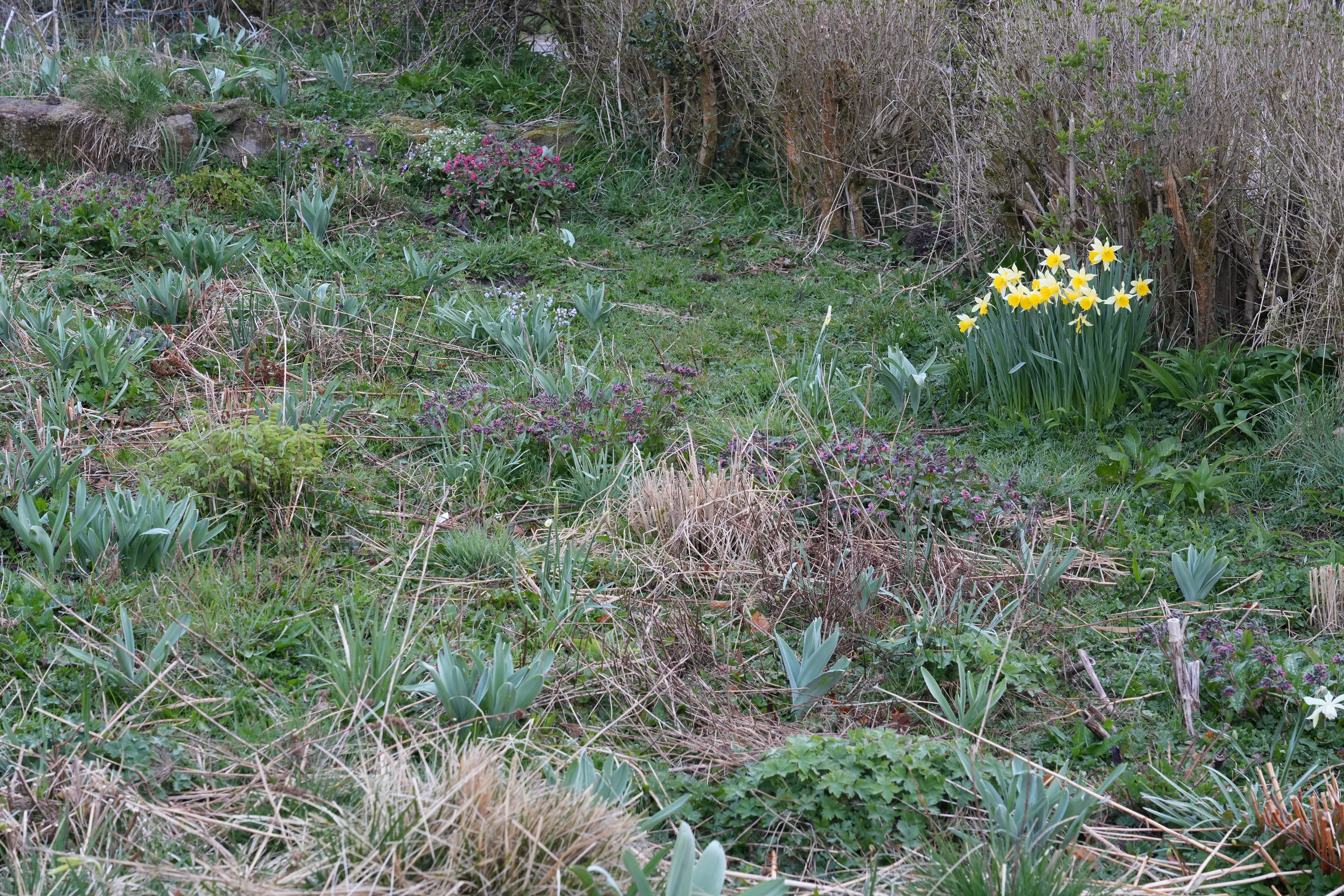
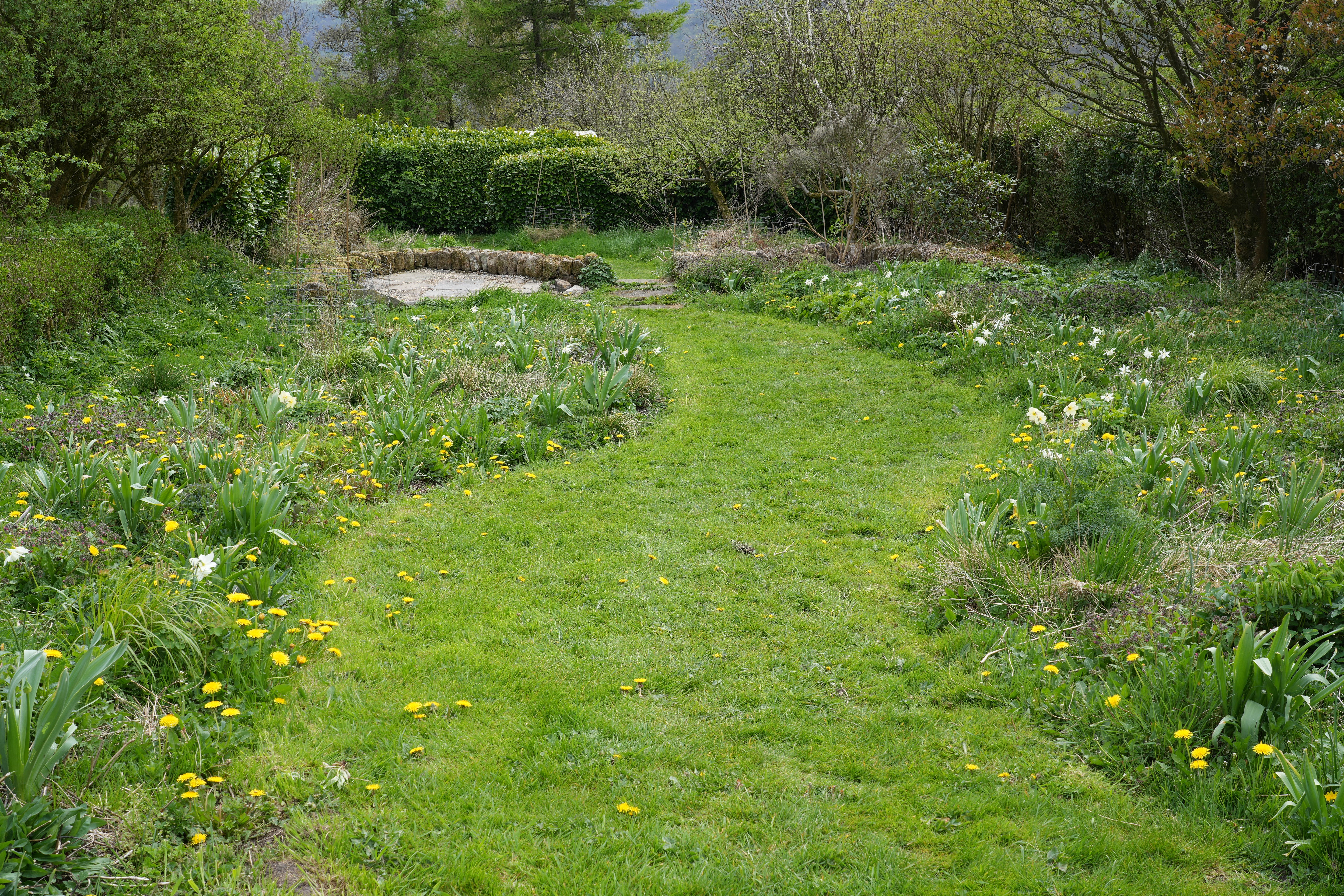
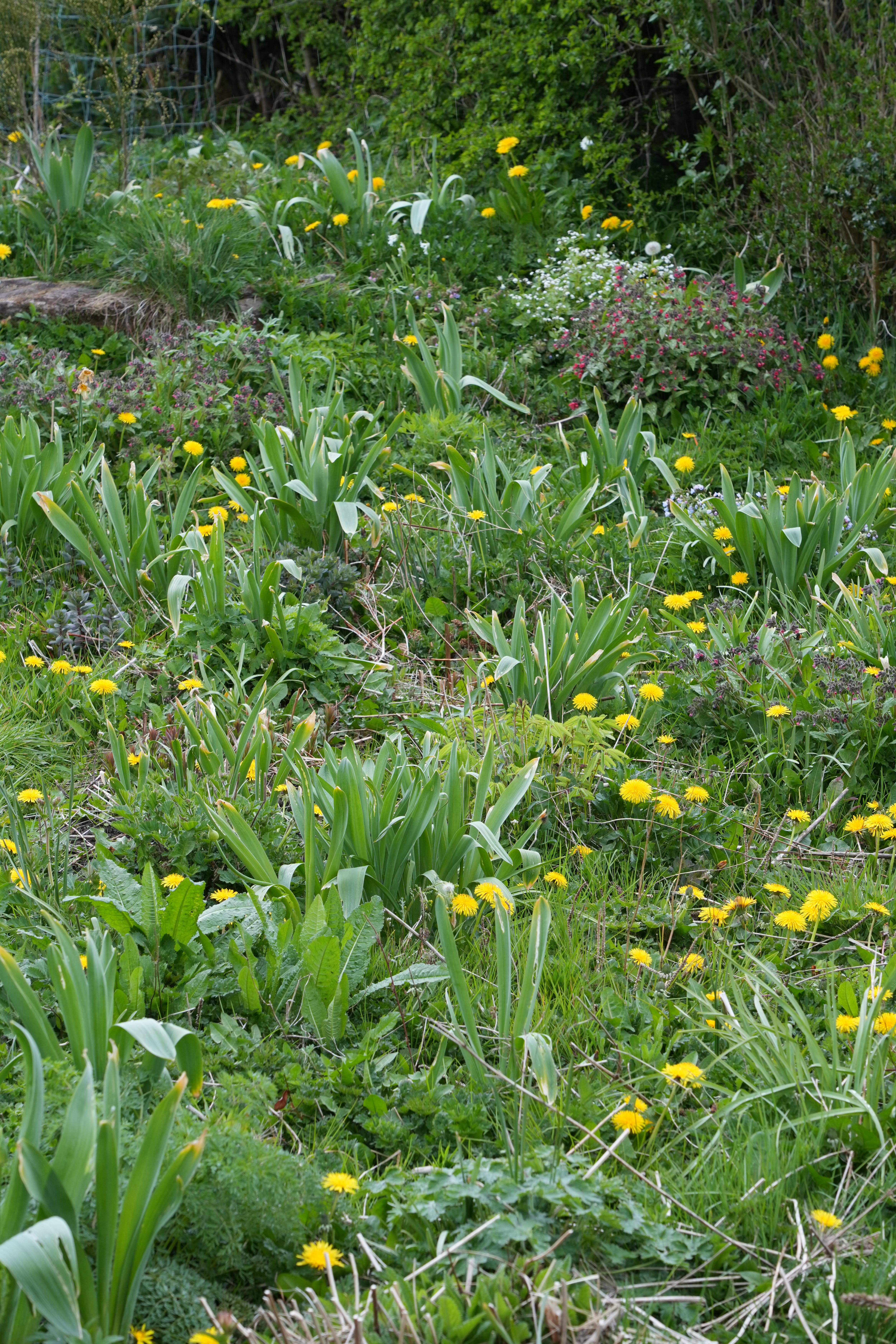
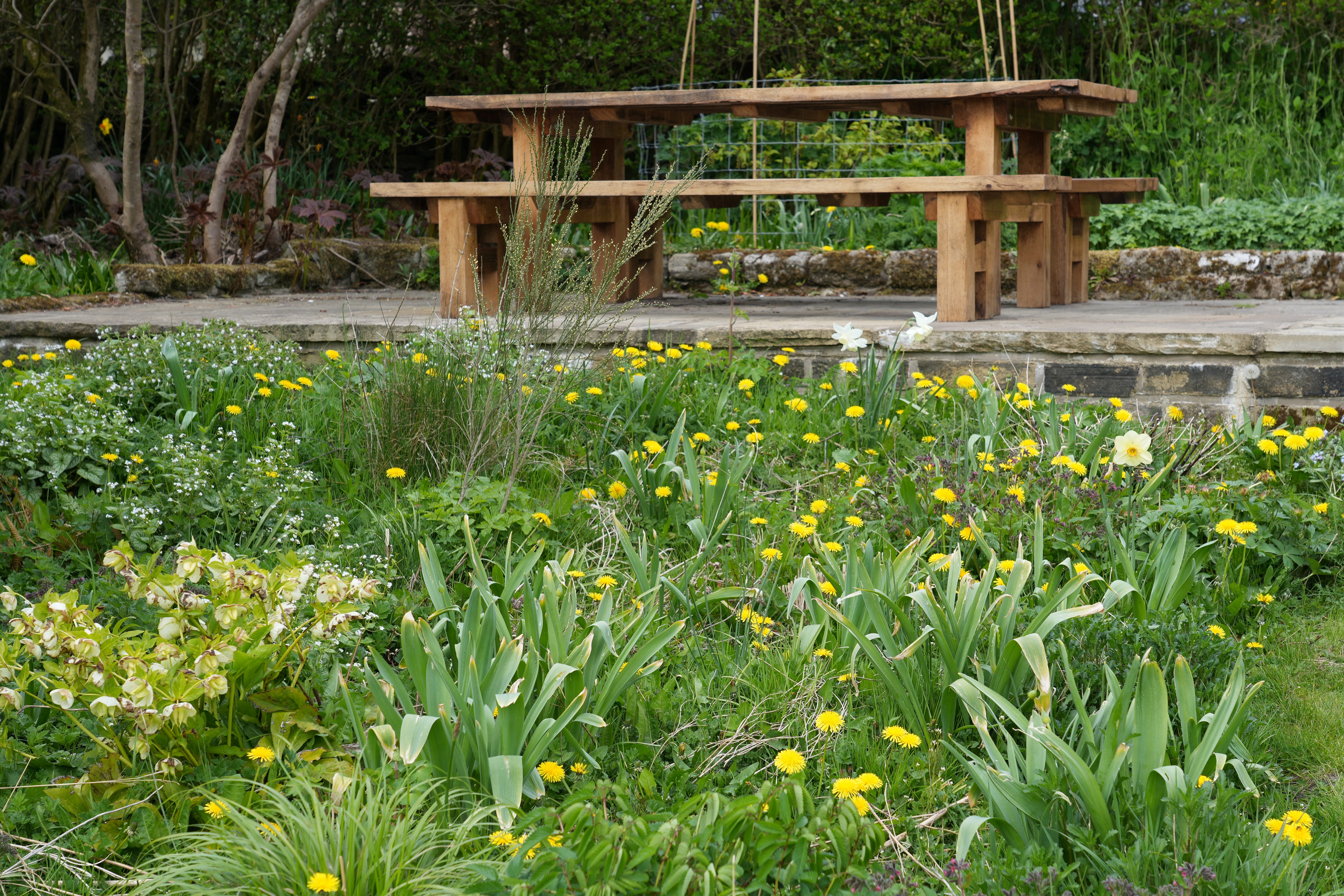
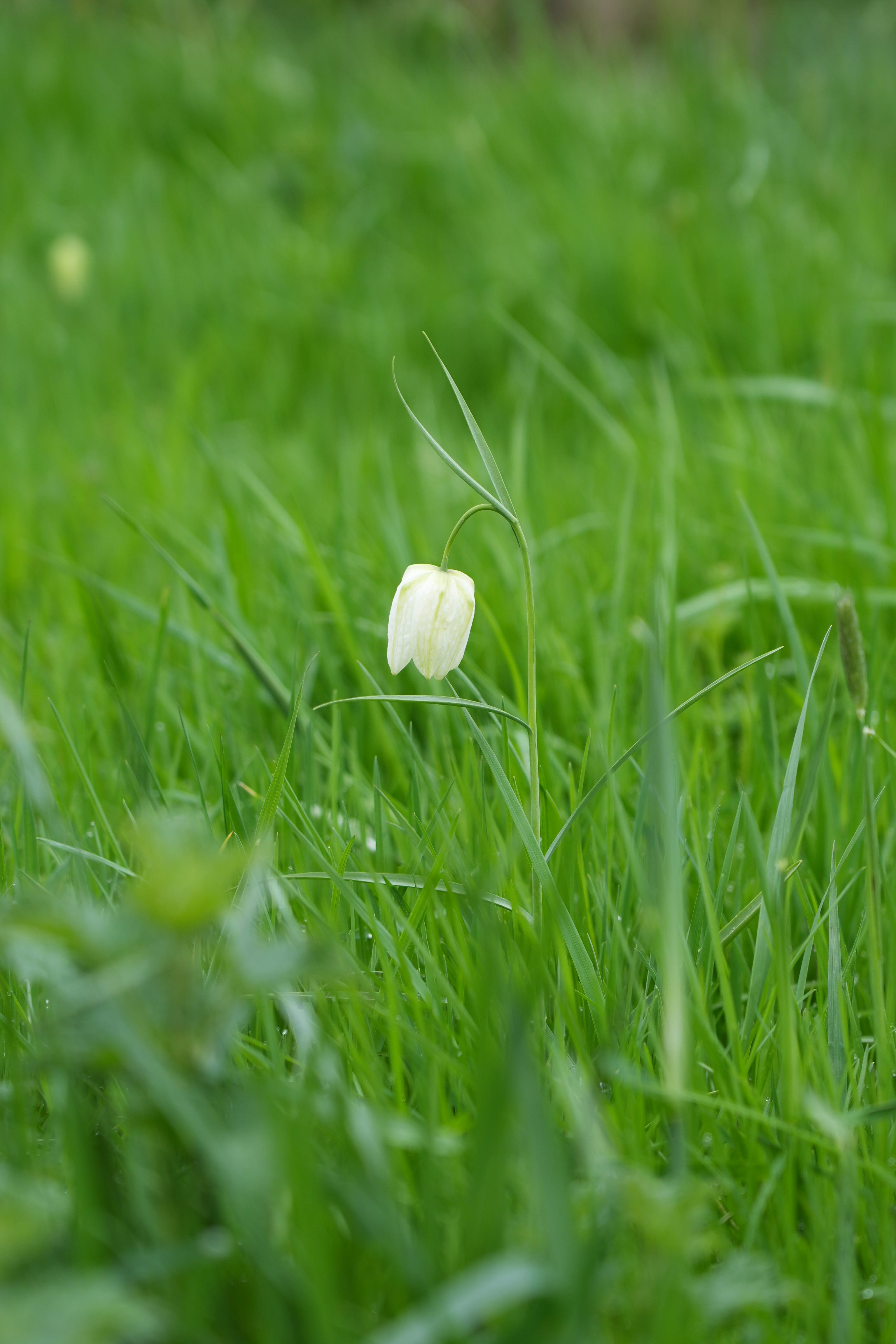
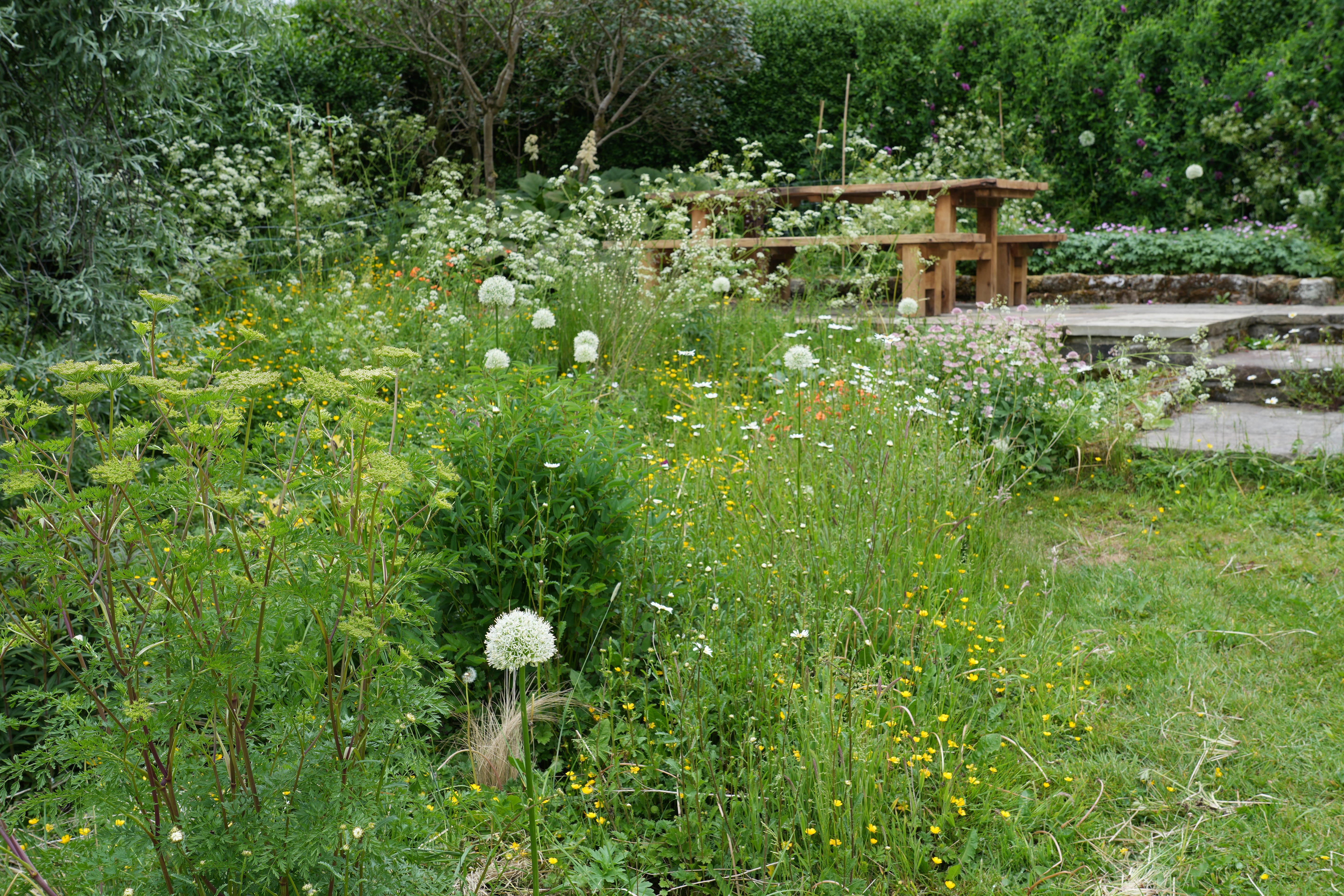
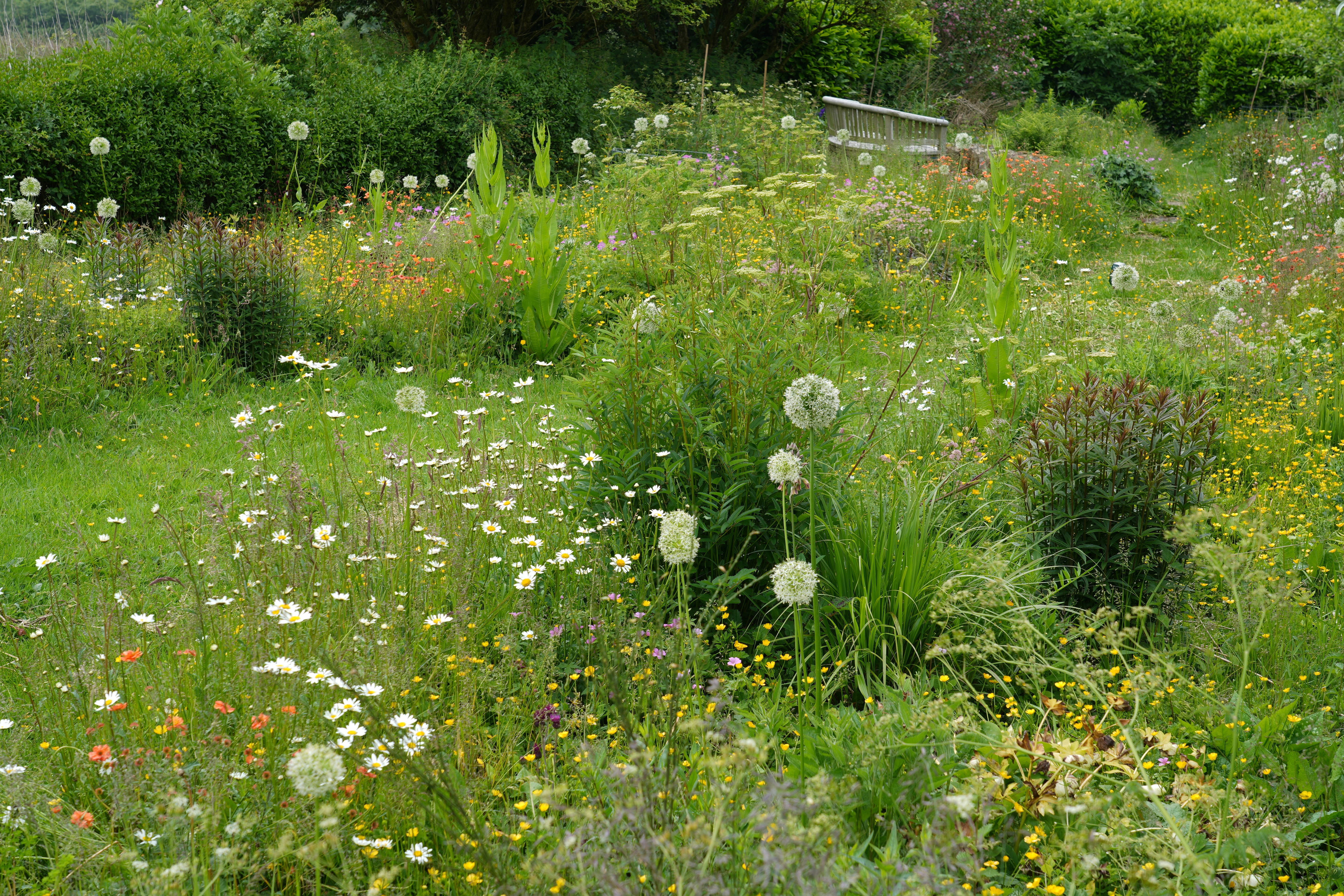

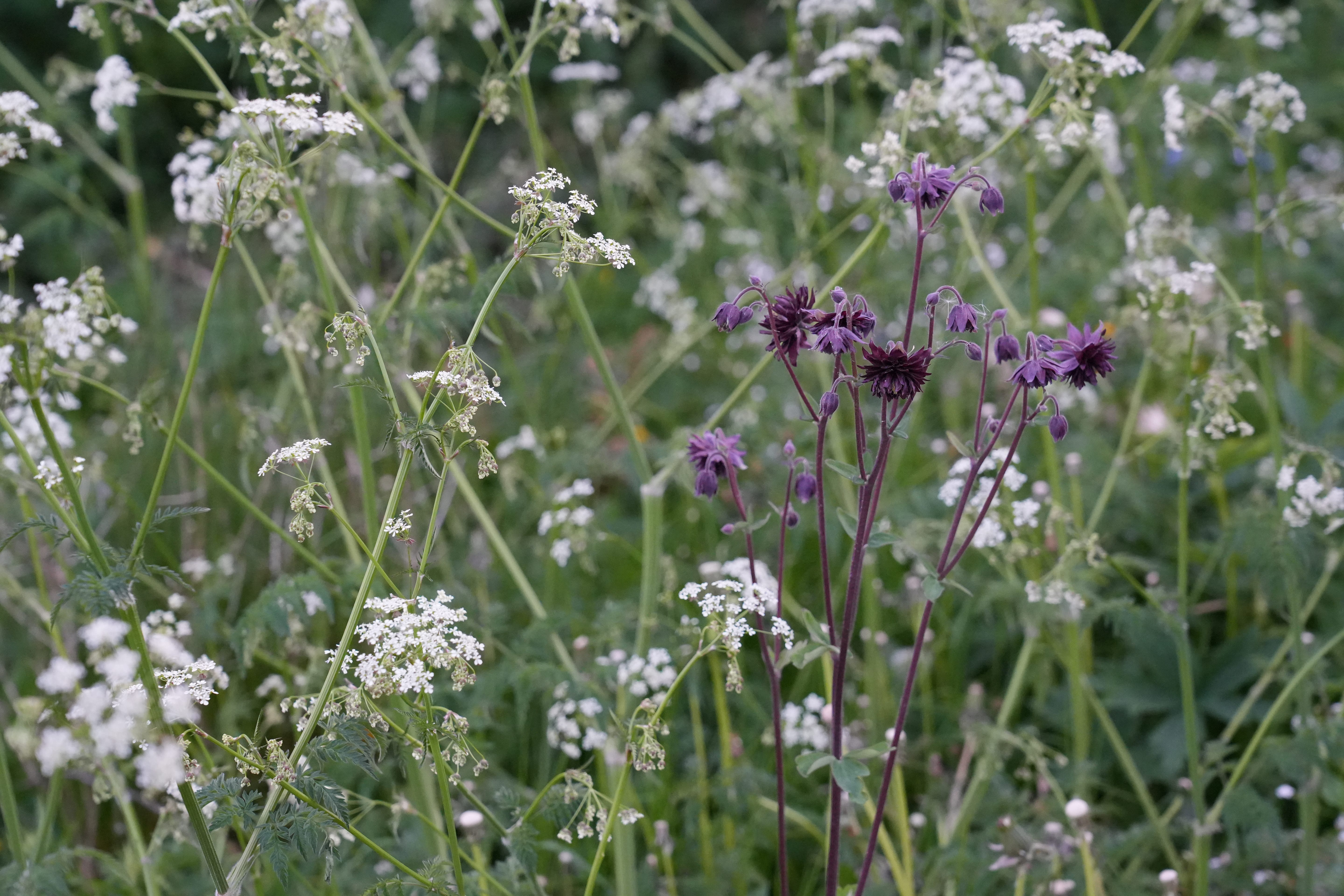
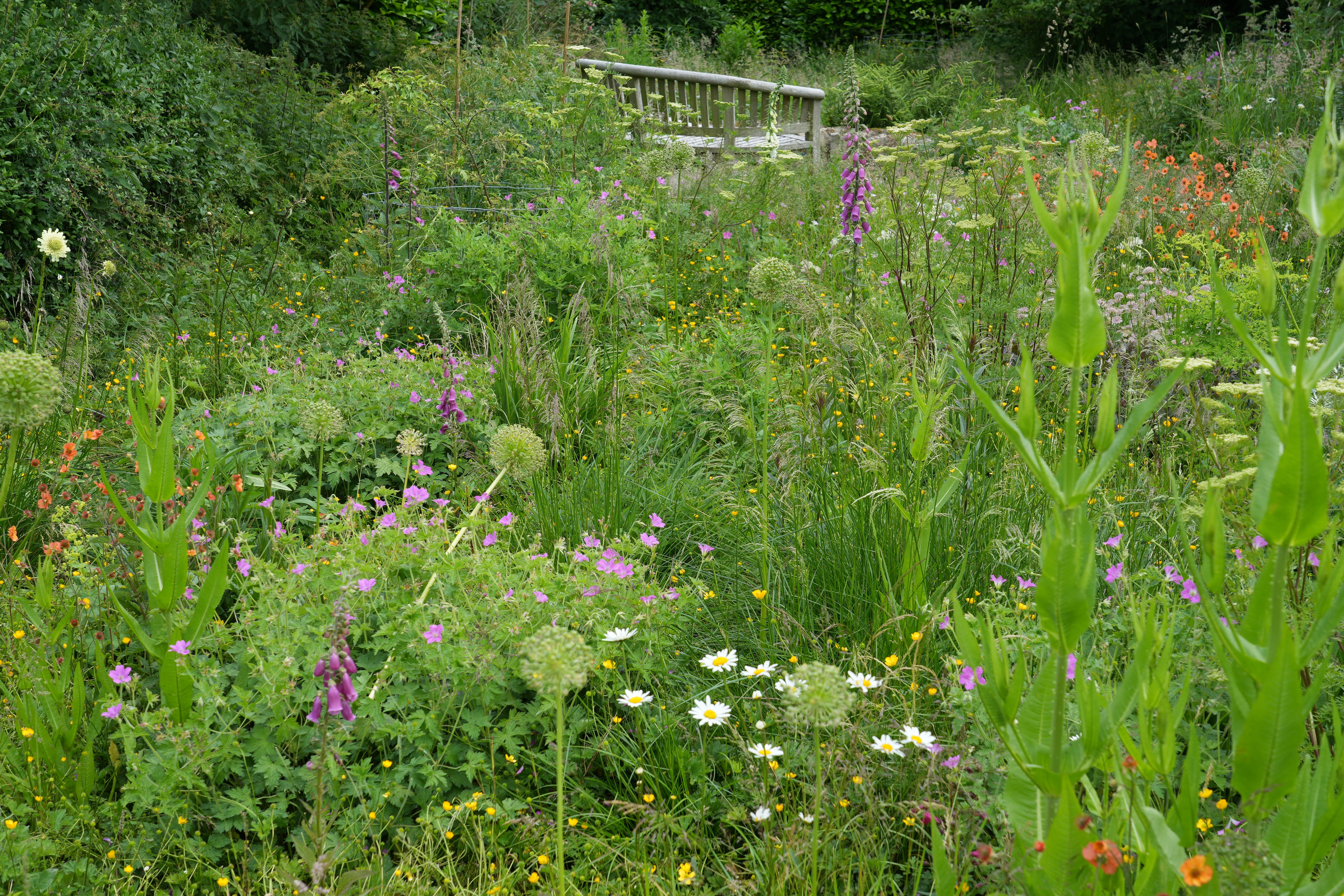

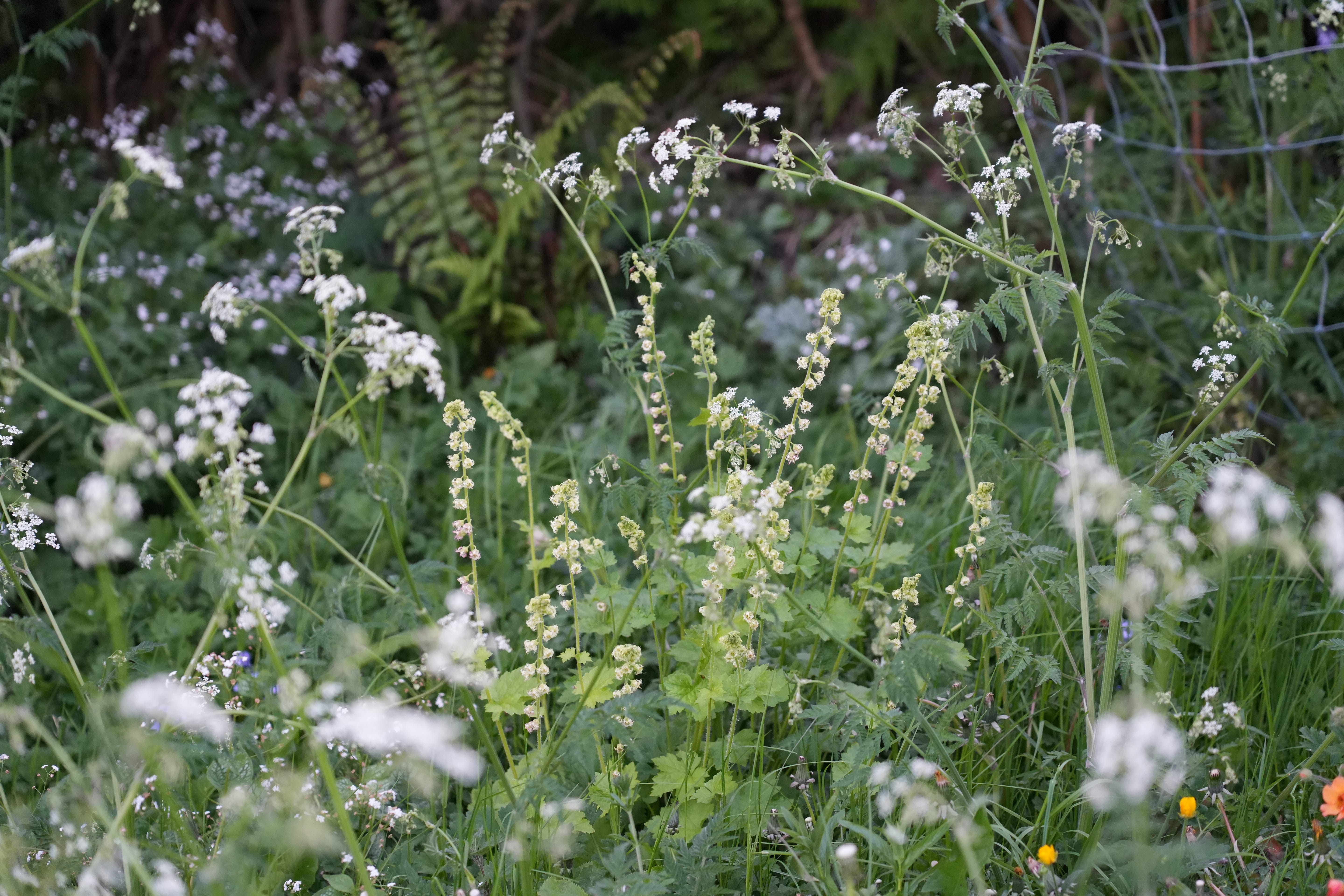





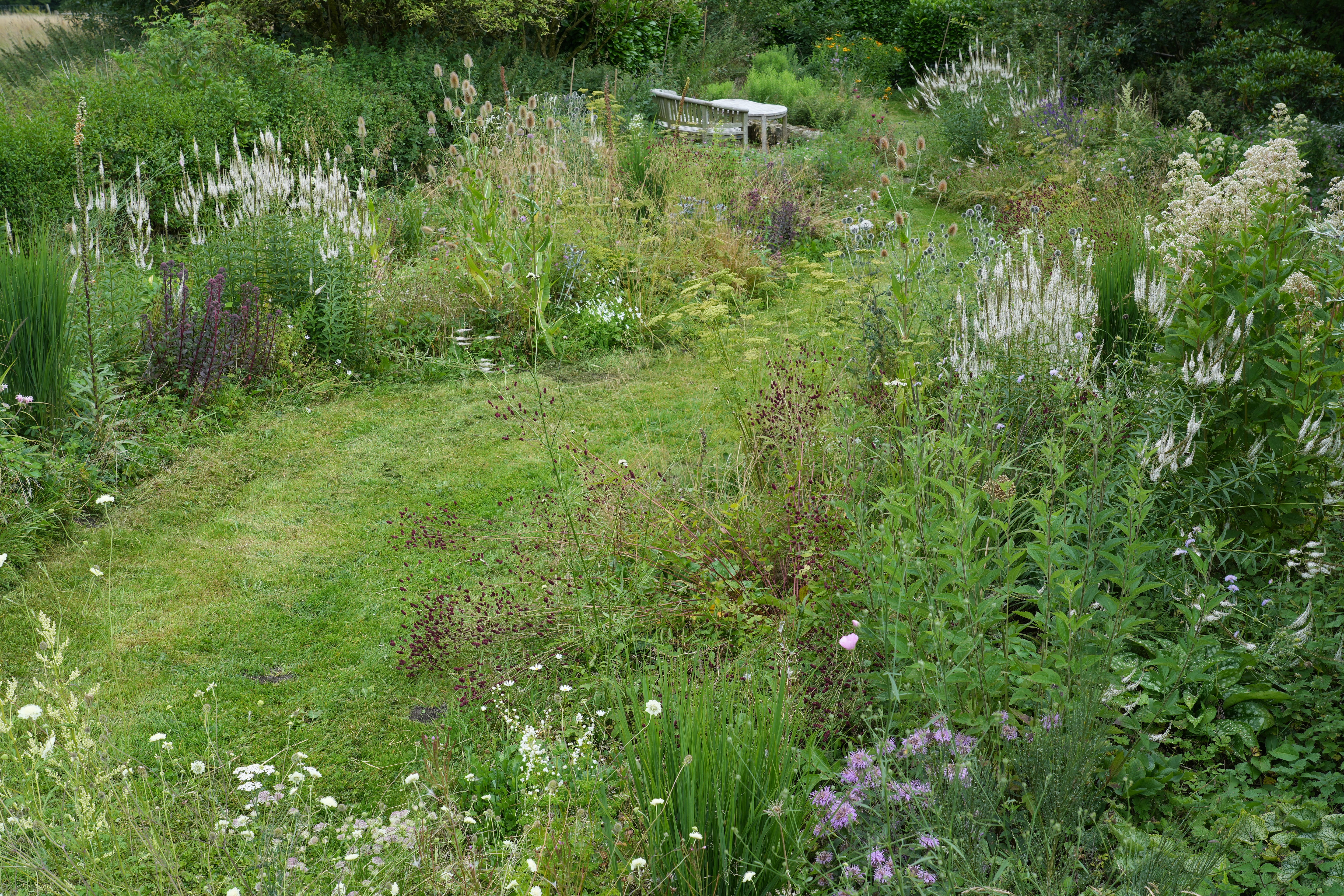



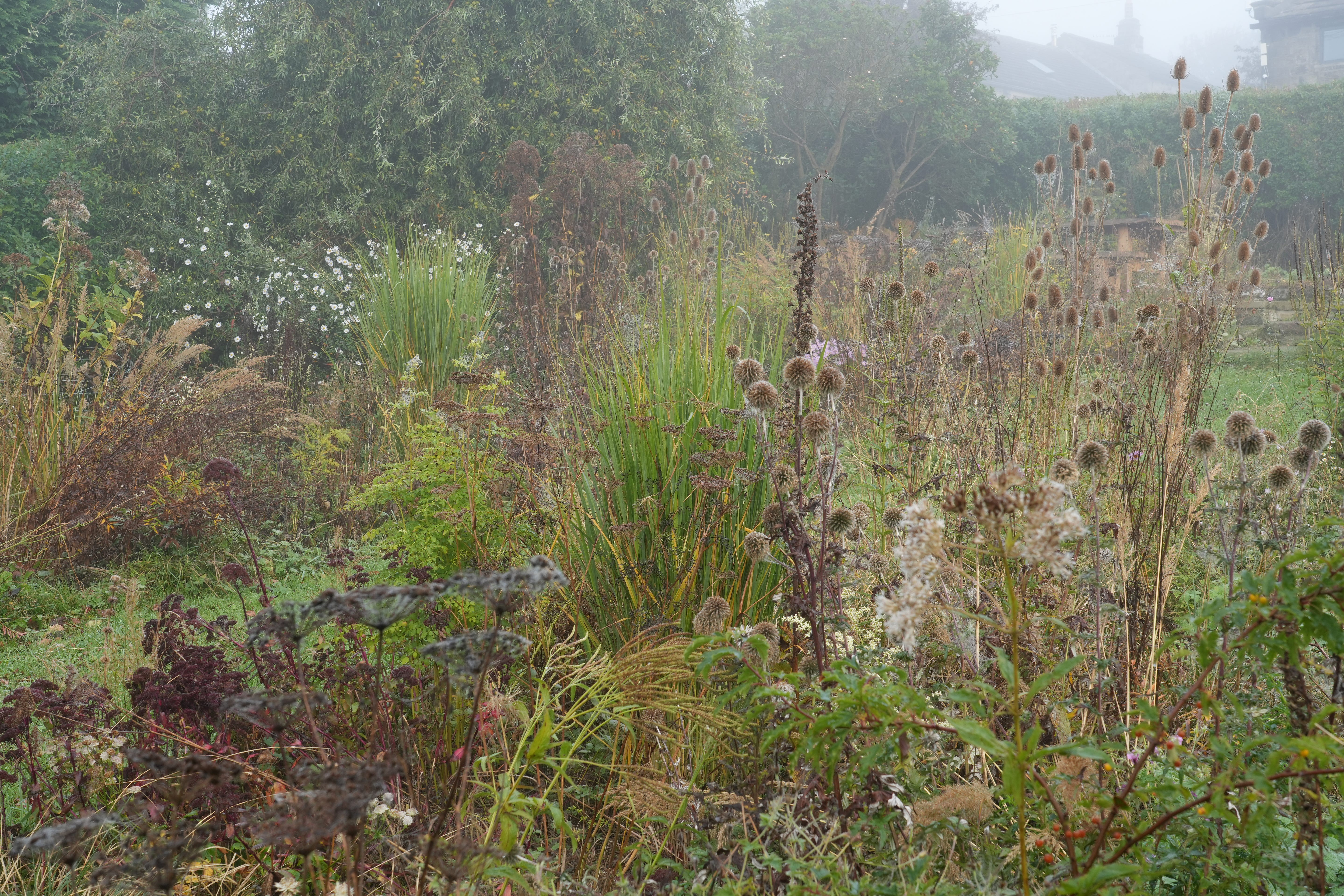
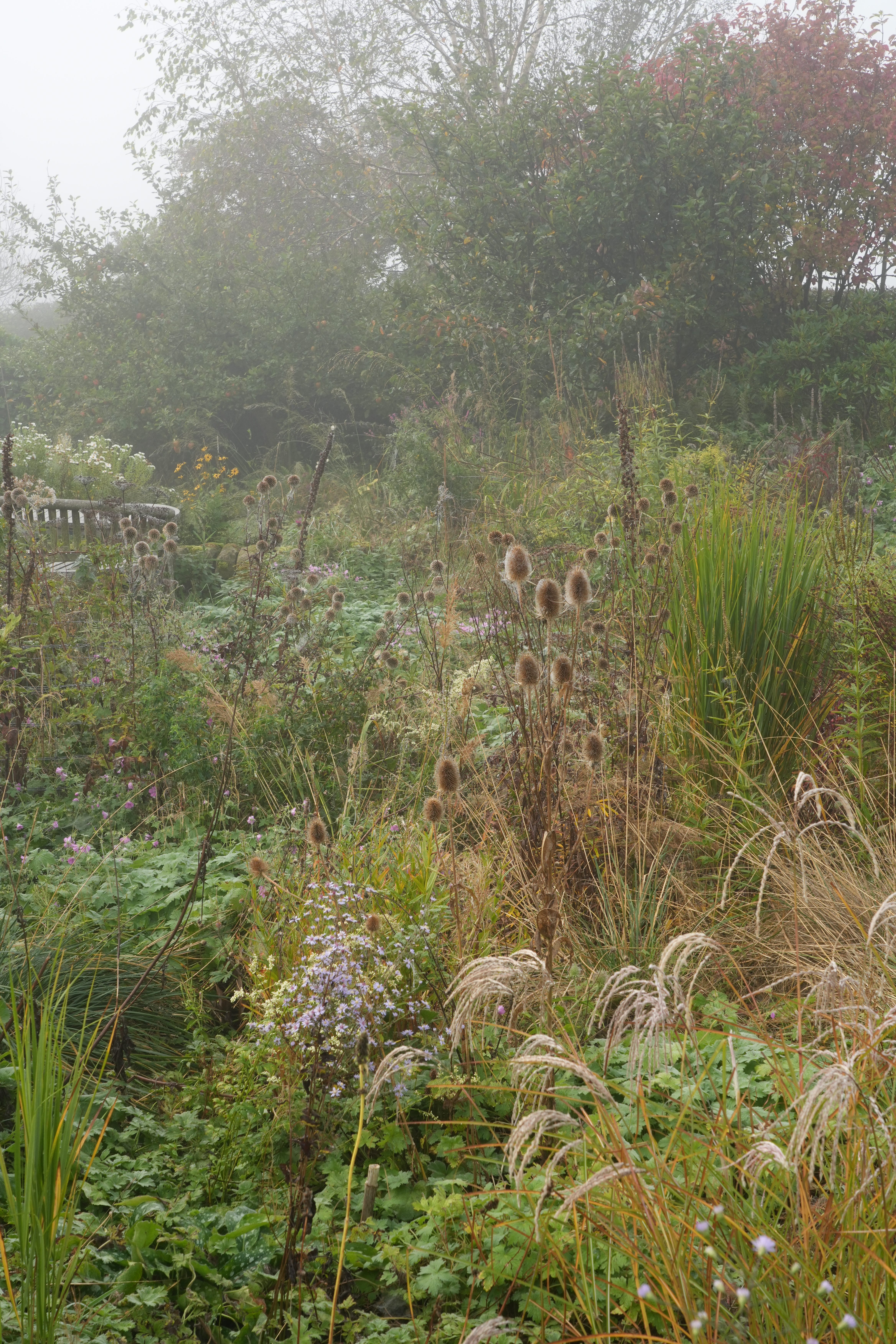
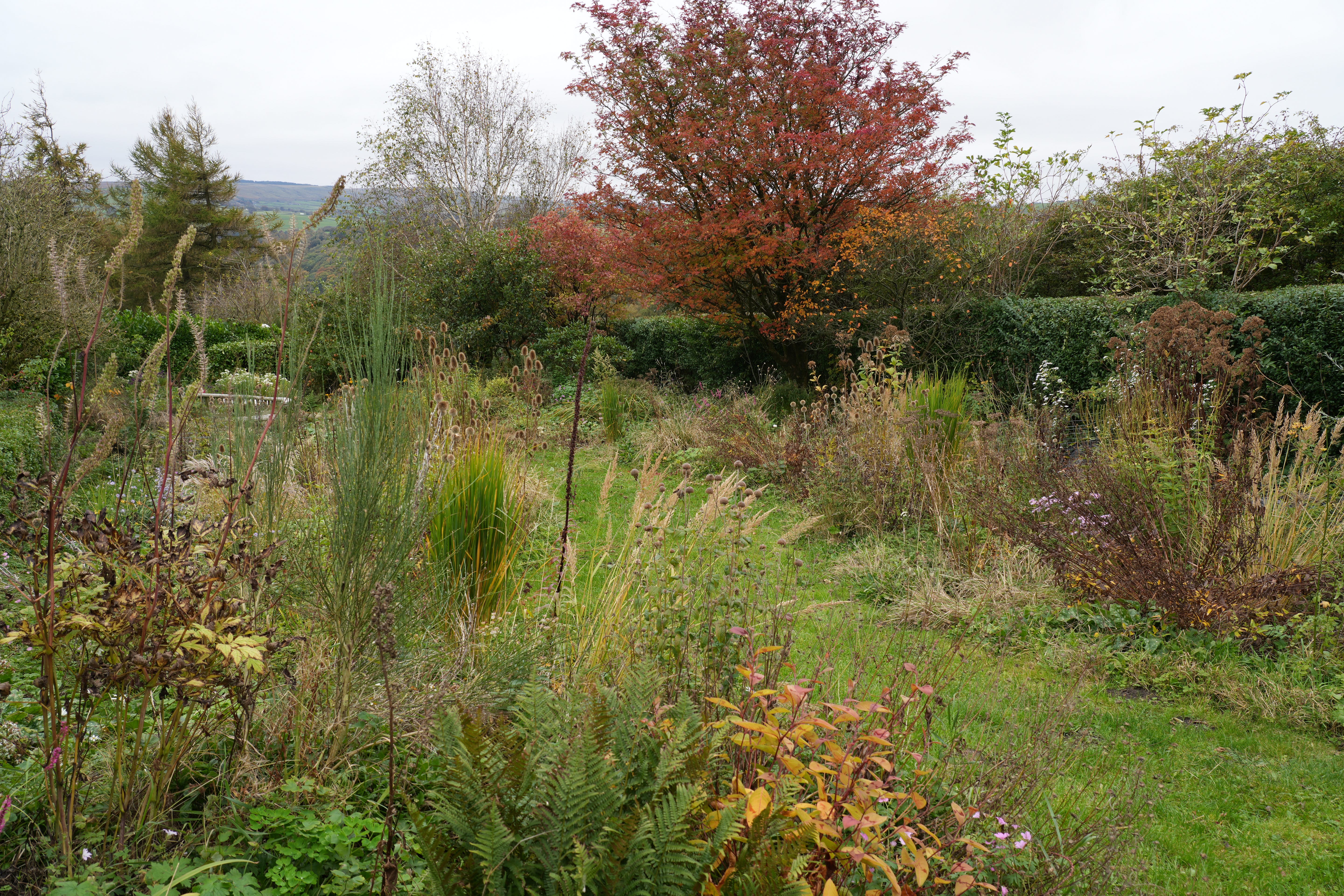

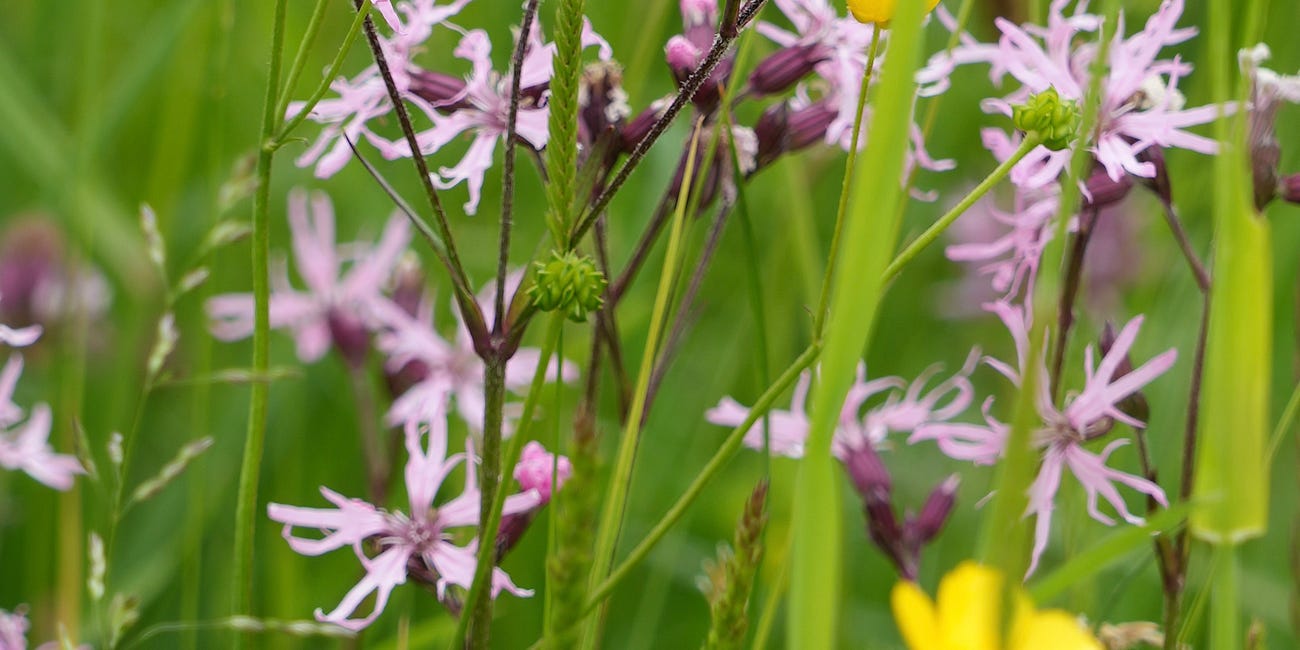

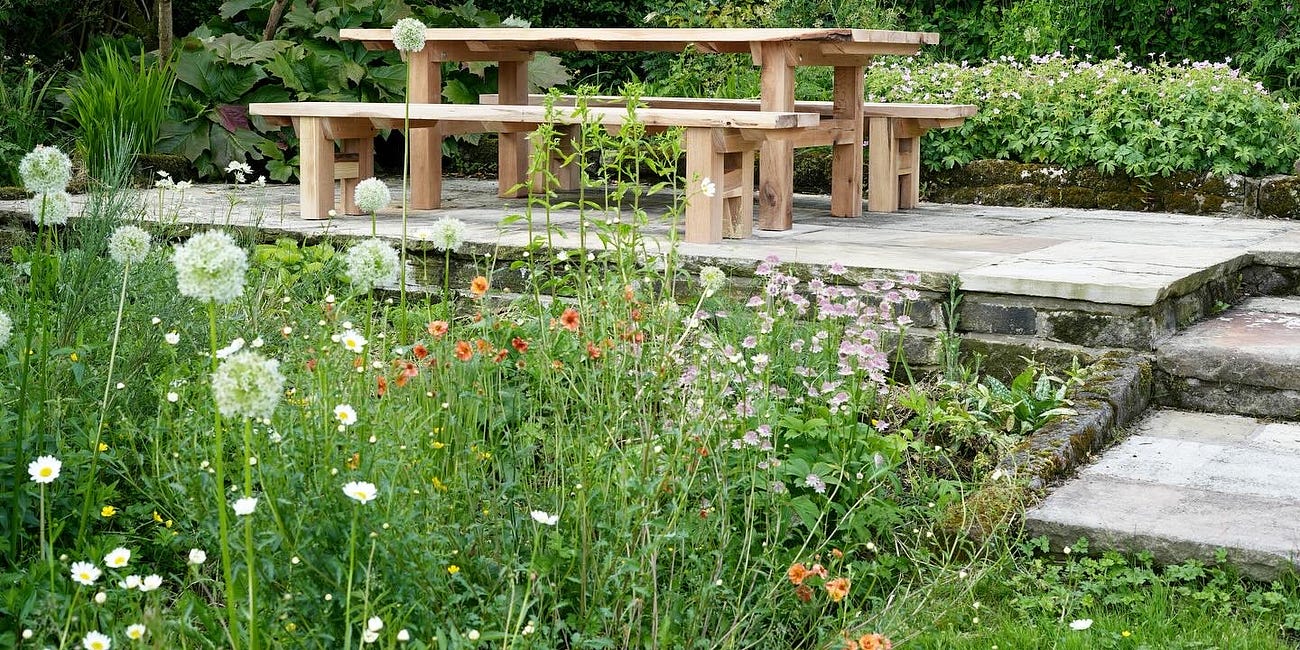
Hi Jack great to read this. The planting is stunning. I'm attempting something similar around the lawn in my garden in South Devon. I've had one big disaster where a cultivated perennial has spread like wildfire, a Leucanthemum x superbum cultivar, and swamped everything else and surprisingly was not popular with pollinators, so it's had to come out. I actually planted into the lawn grass rather than removing it with cardboard first as you did. I would be interested to know what your thoughts are on planting into grass rather than suppressing the grass as youv'e done in terms of maintenance. The whole lot gets cut down in September.
Beautiful.